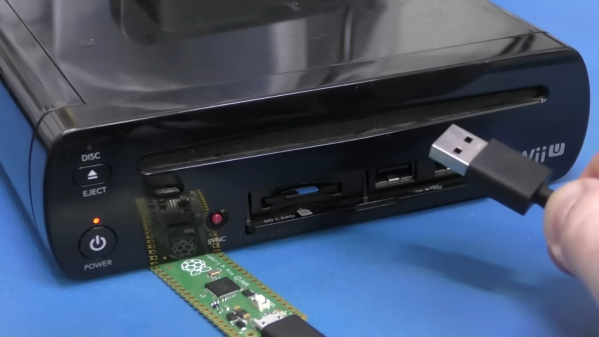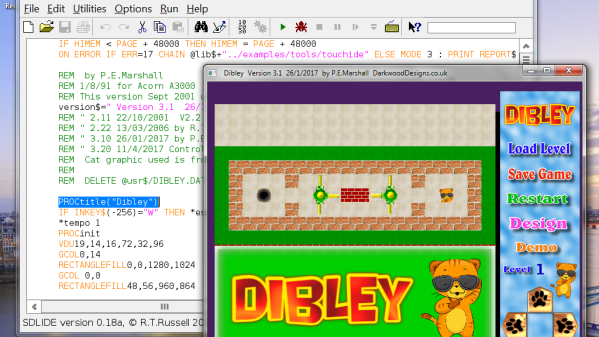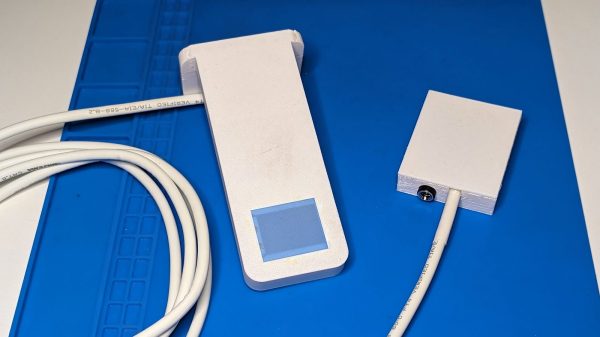Once upon a time, escaping an aircraft was a tricky business. You had to unstrap yourself, fling open a heavy glass canopy, and try to wrench yourself out of a small opening without getting smacked by the tail or chopped up by the propeller. Many pilots failed this difficult task, to the tragic loss of their lives.
Eventually, the human cost was heavy enough and militaries grew strained at having to train new pilots to replace the experienced ones lost to accidents and enemy fire. The ejection seat was developed to make escaping a plane as simple as tucking yourself in and pulling a big red handle. Let’s dive in and learn how it came to be.
Continue reading “Ejector Seats: The Rocket Chairs That Save Lives”


















